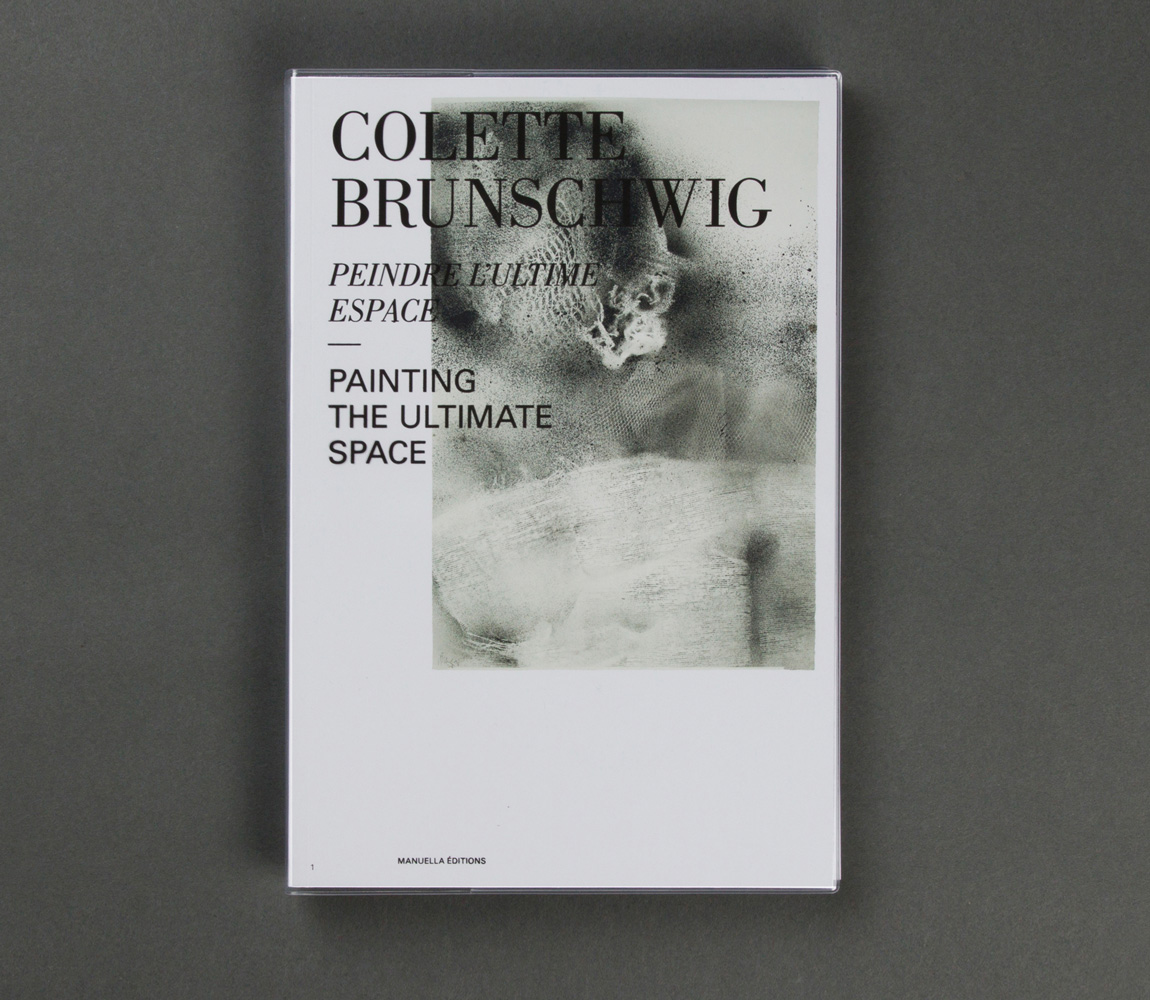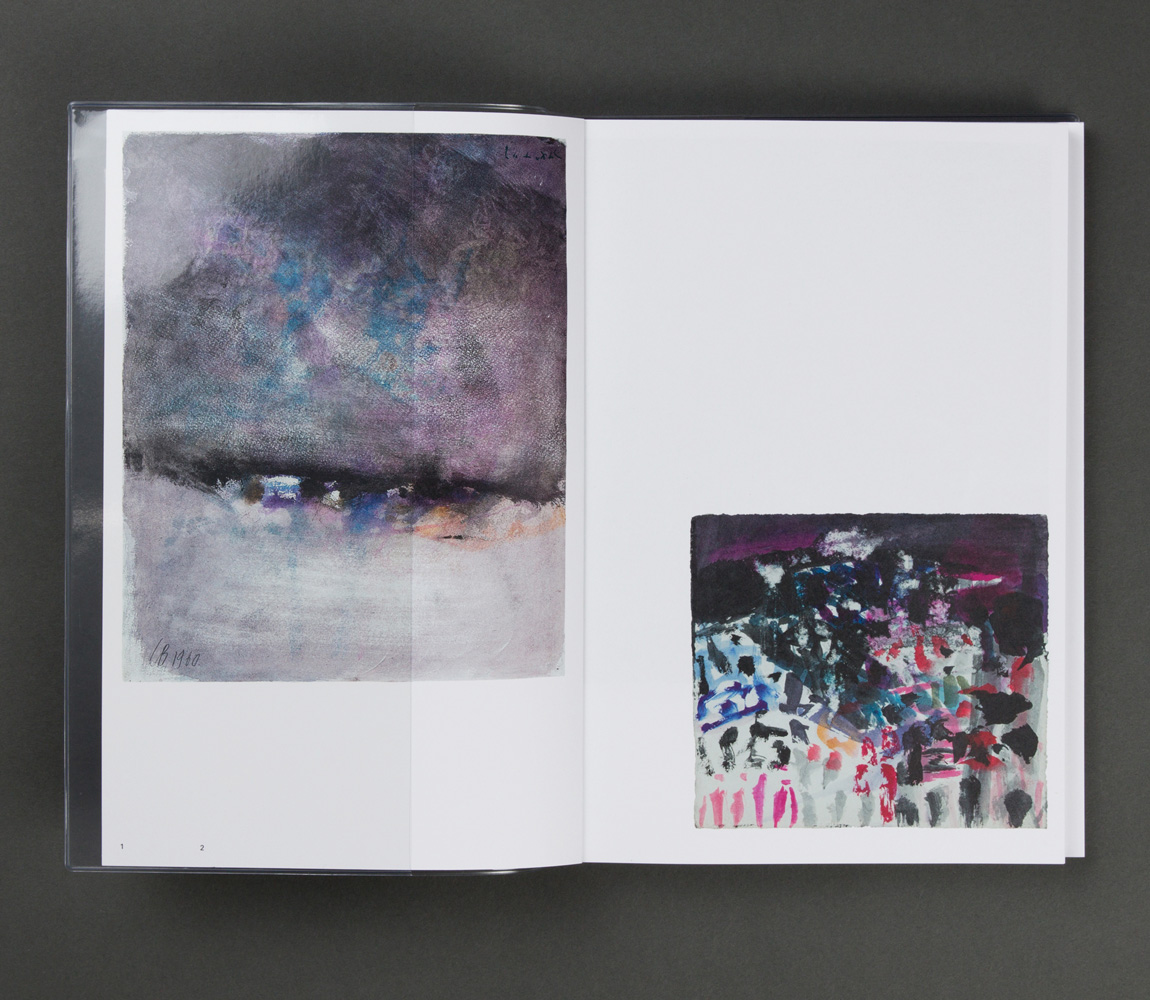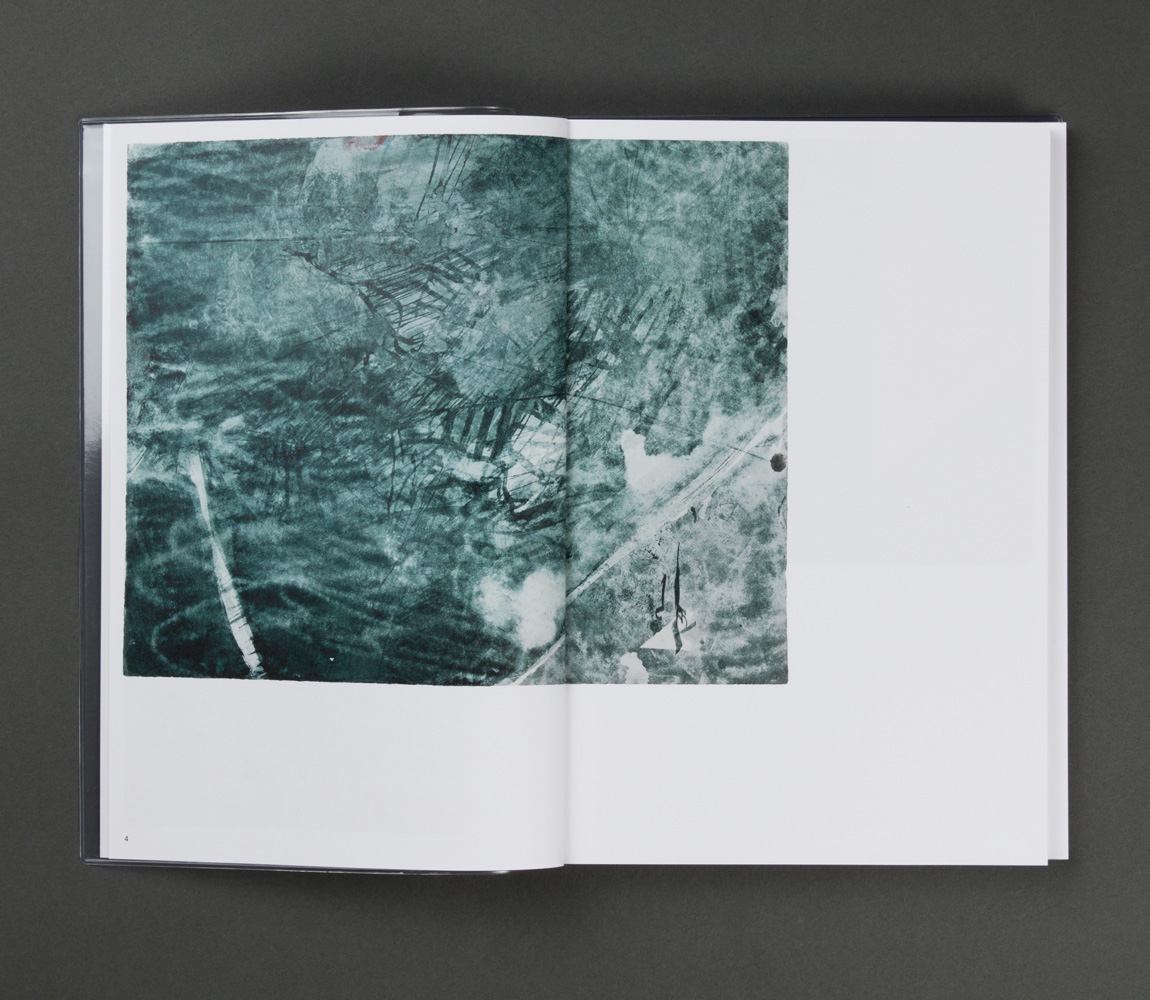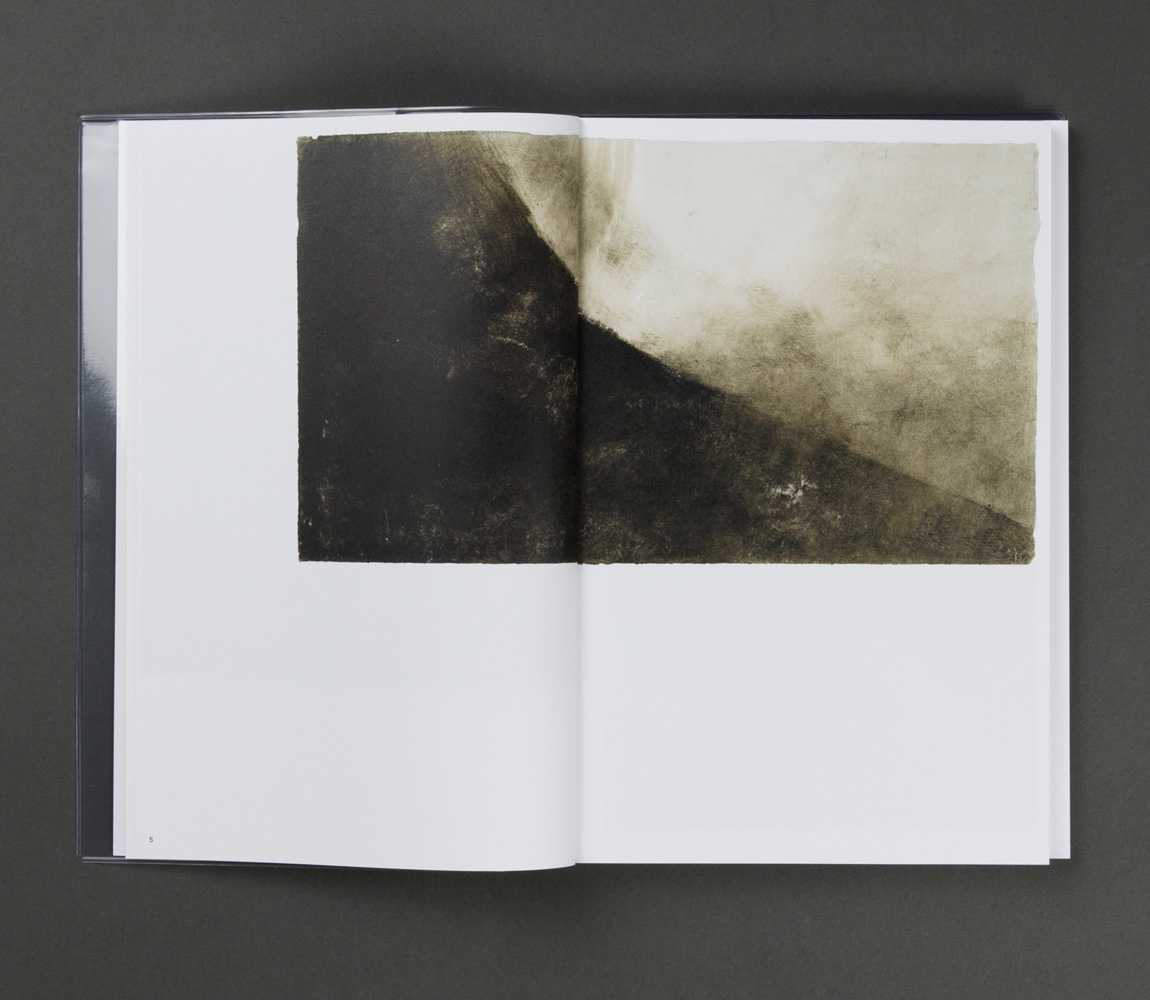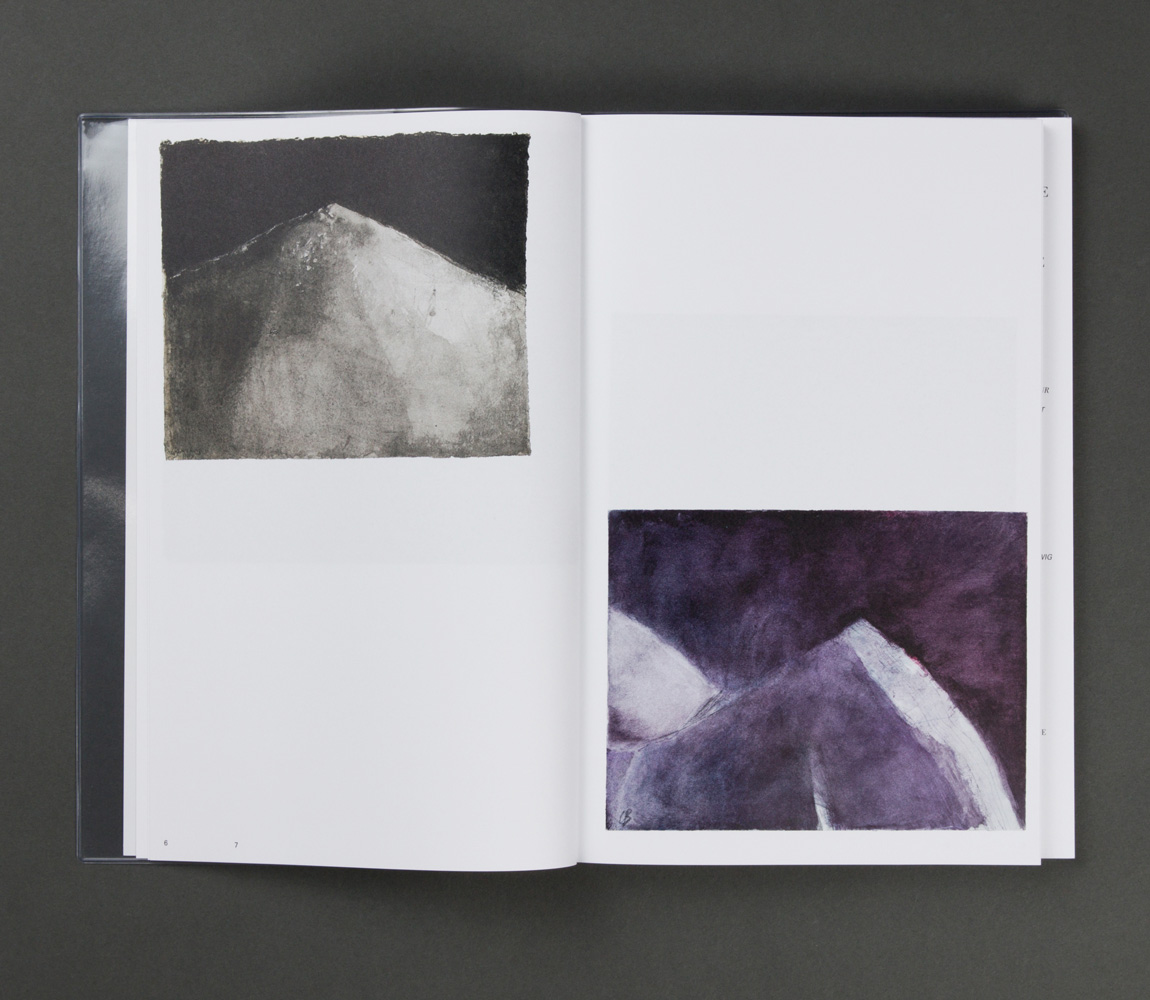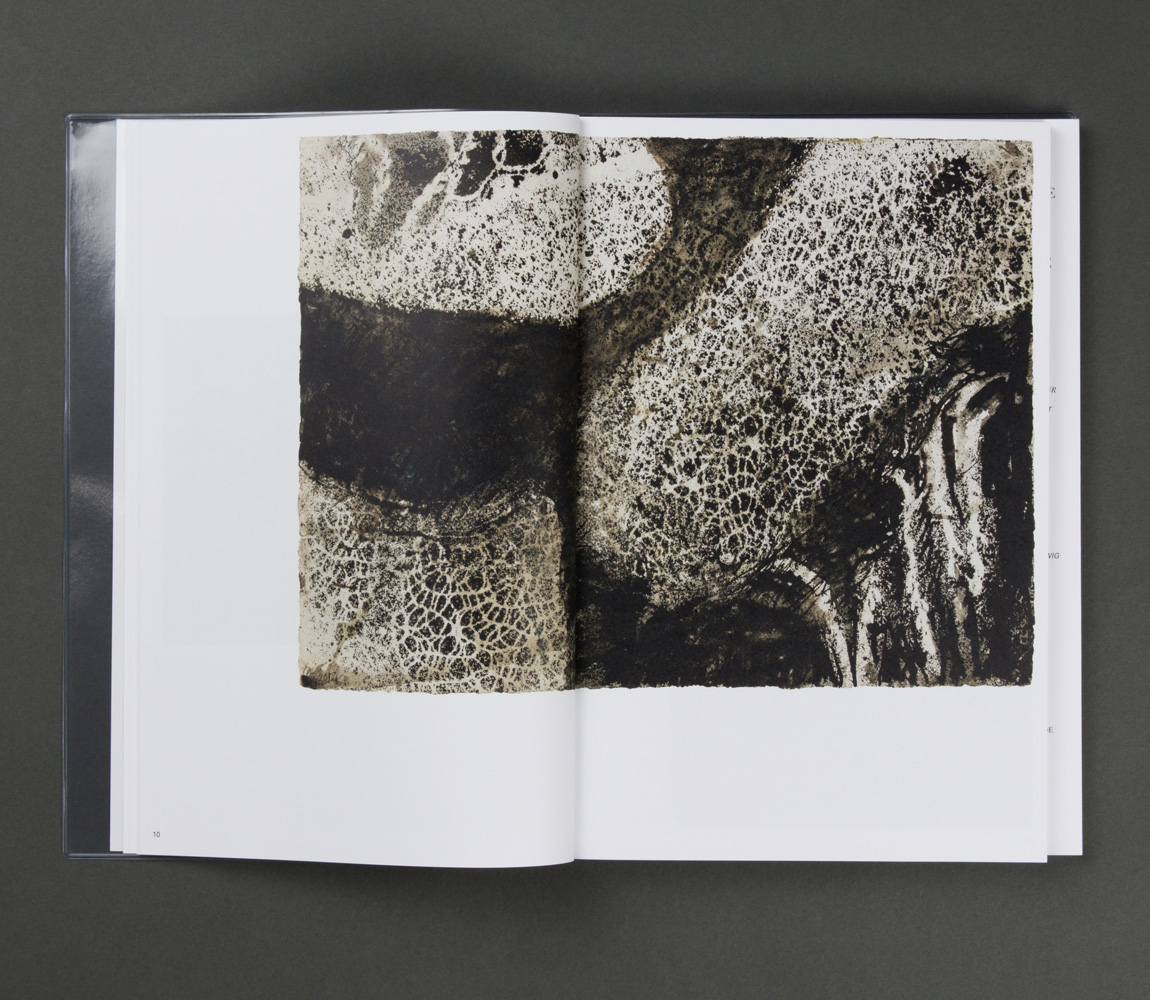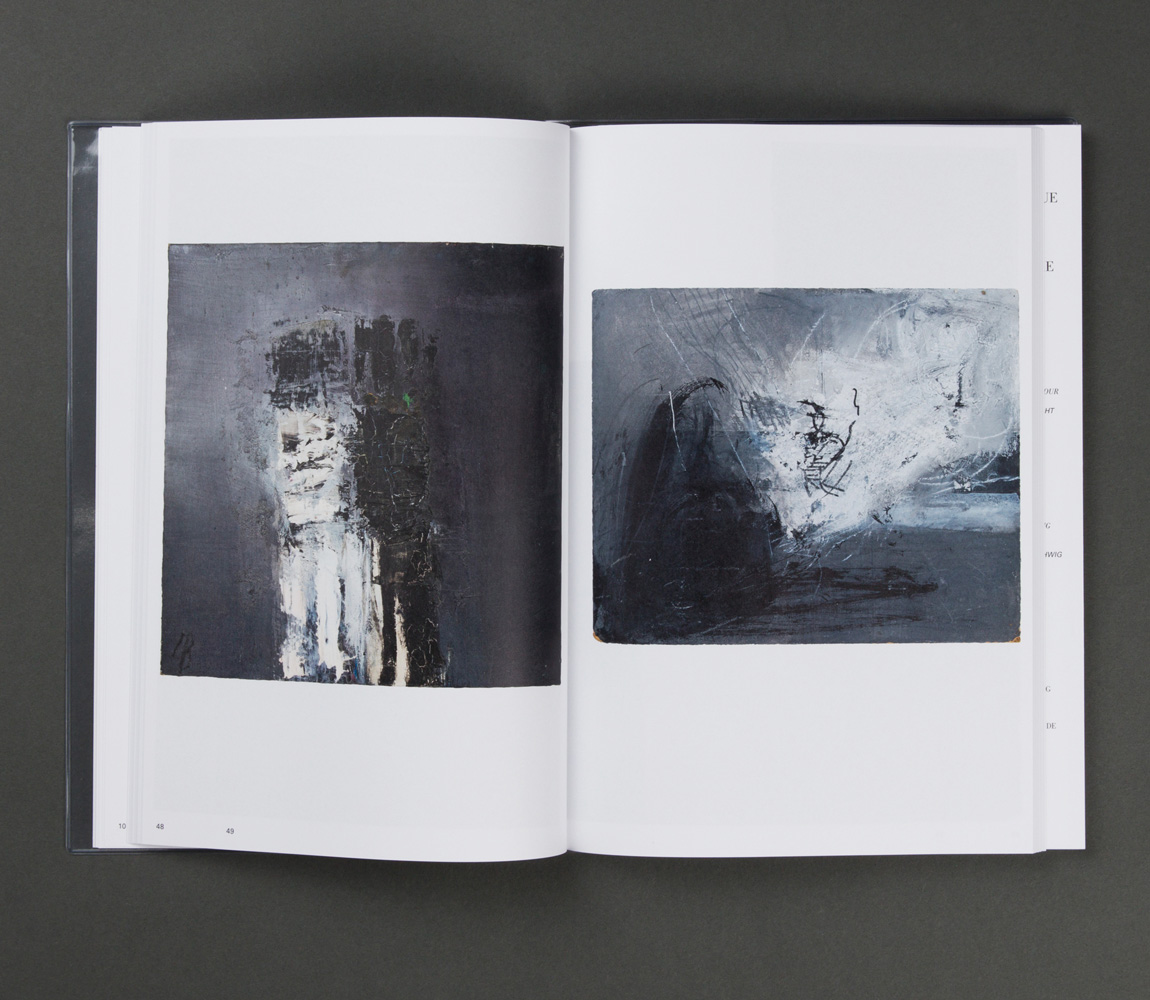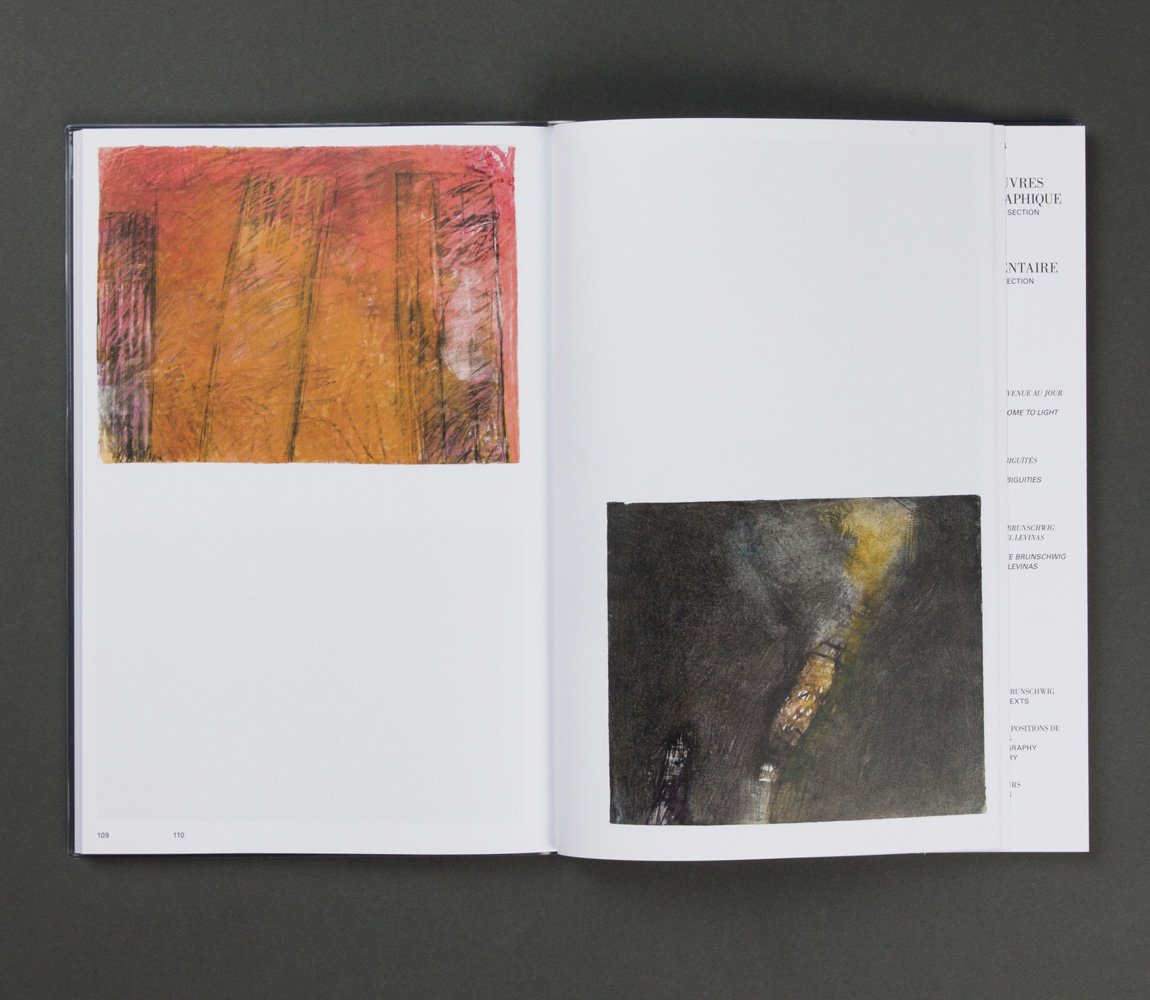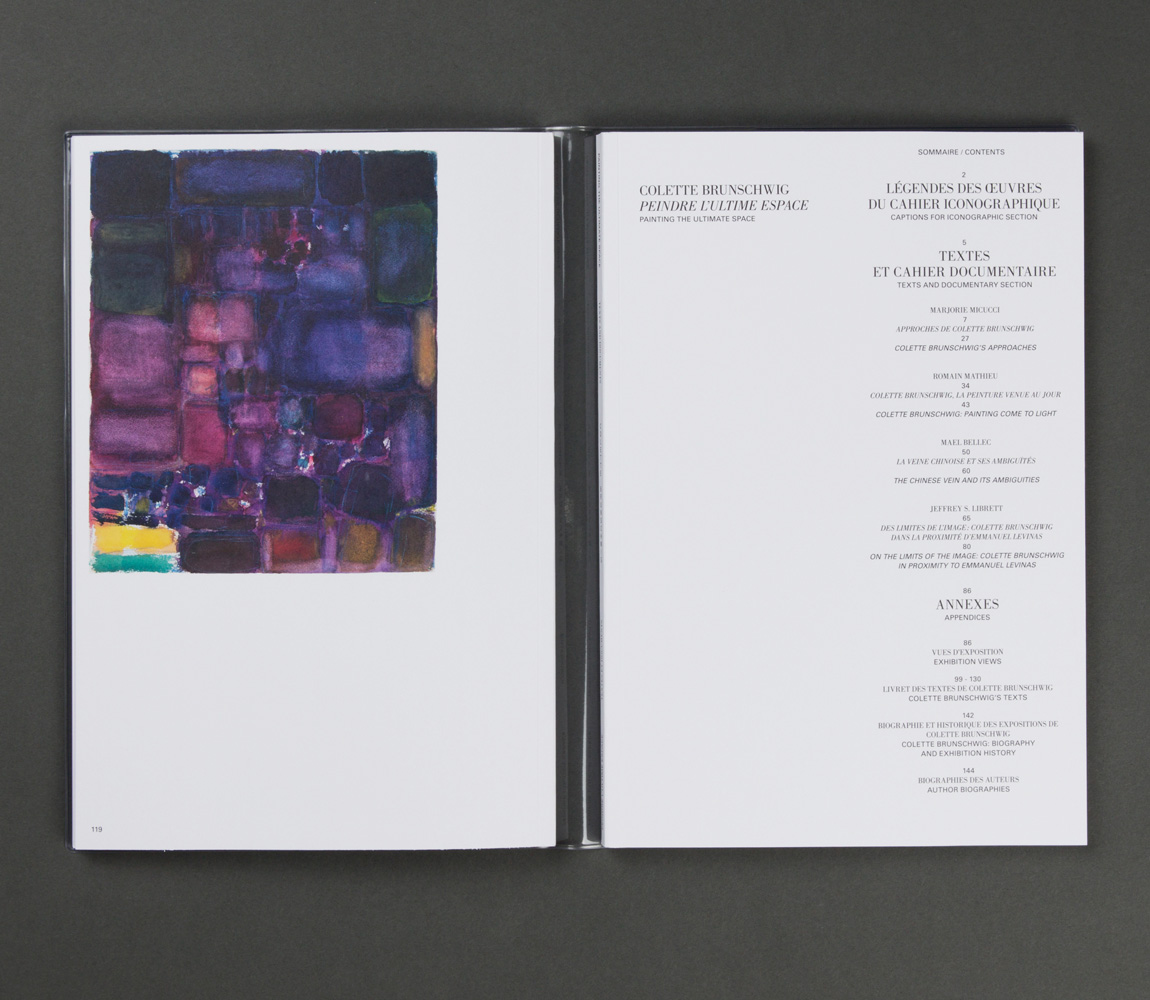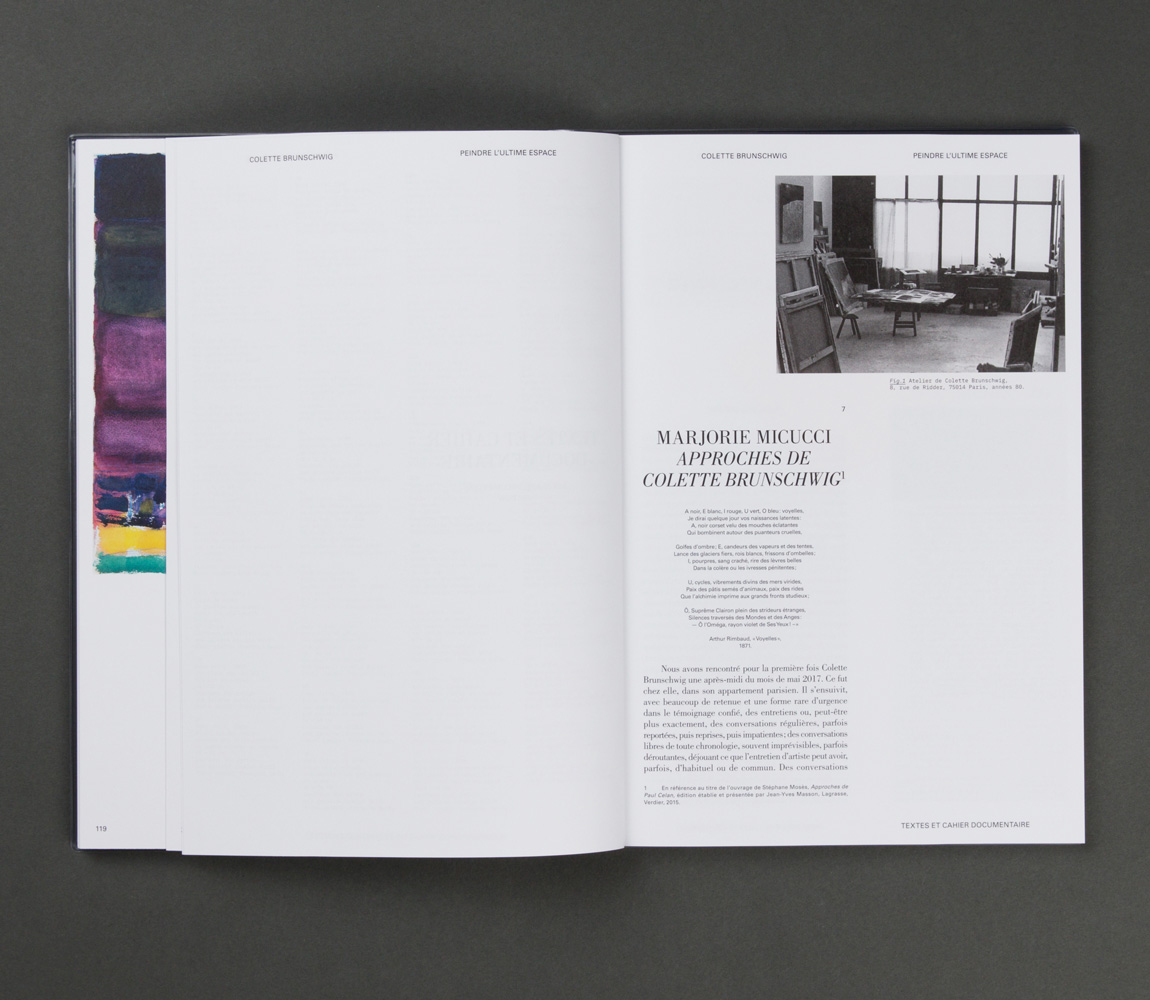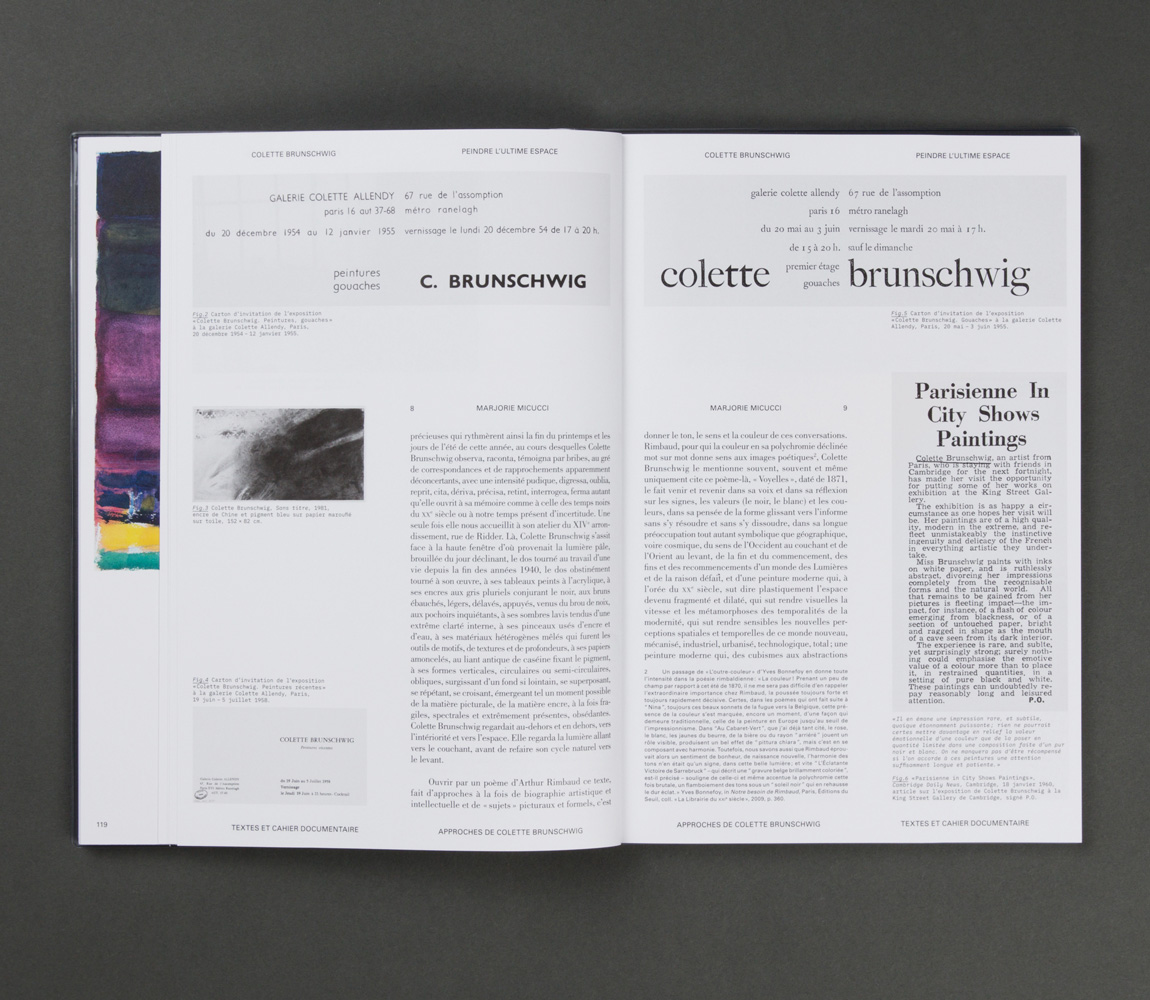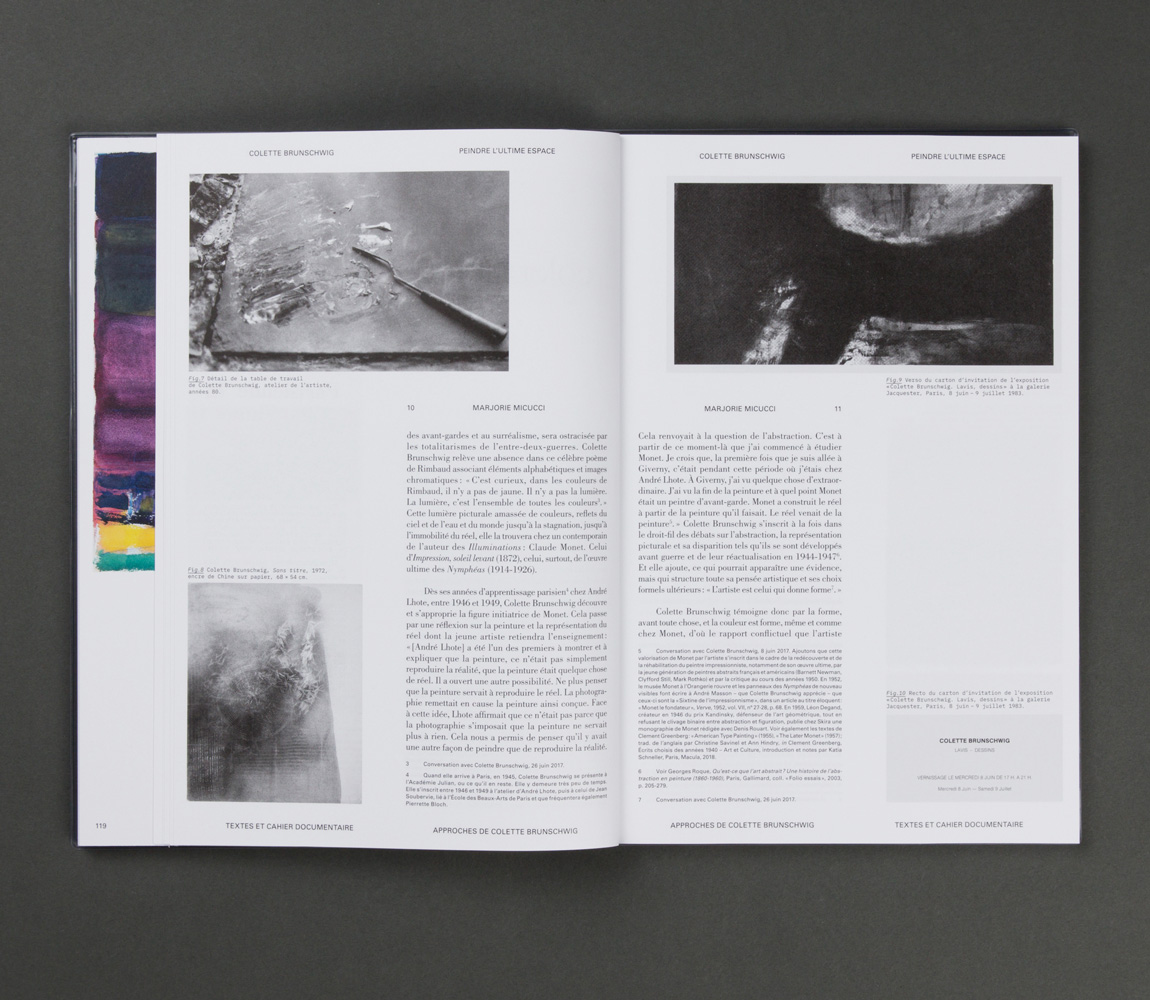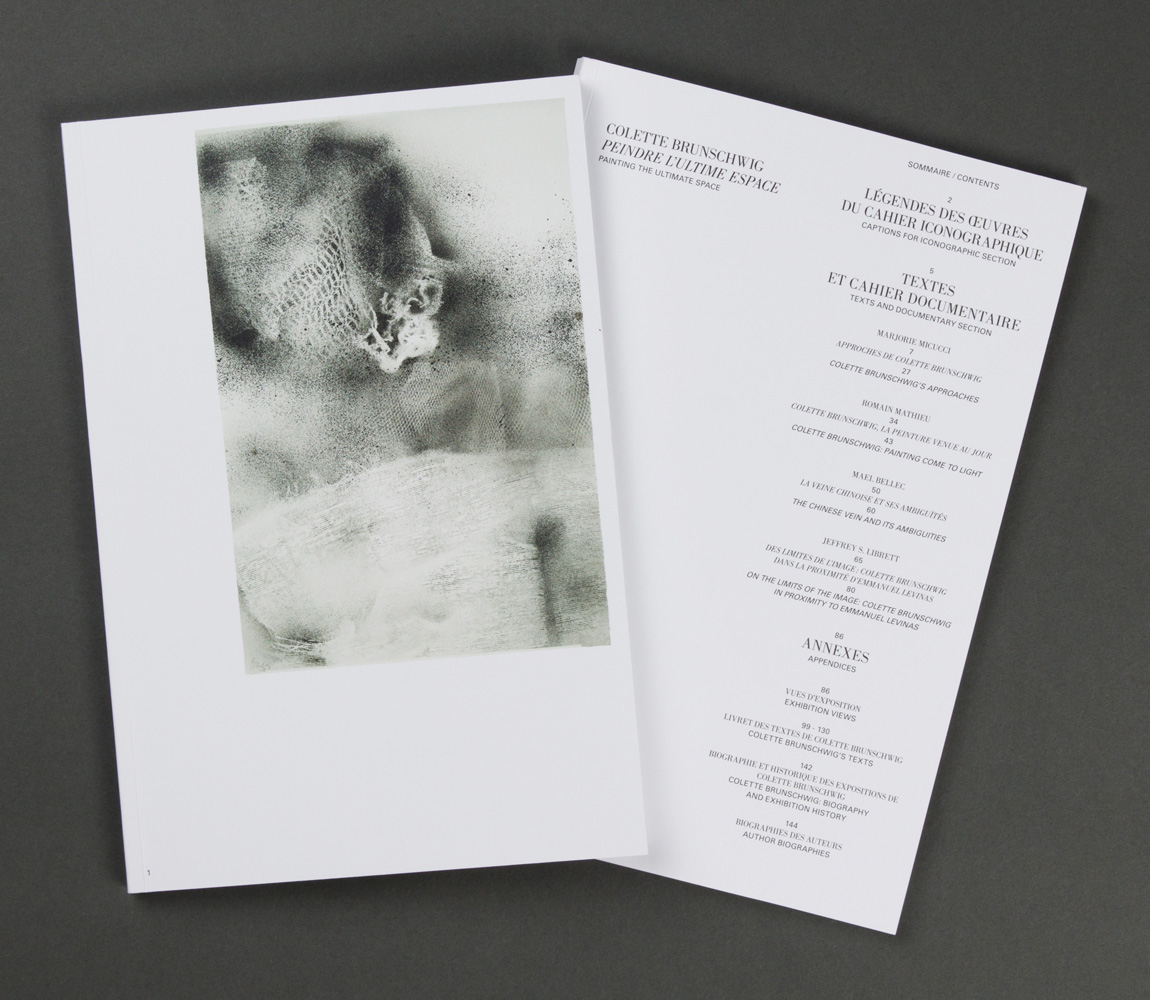Painting the Ultimate Space
Born in Le Havre in 1927, Colette Brunschwig exhibited her work for the first time at the Colette Allendy gallery in Paris in 1952. Her acrylic paintings, ink drawings, gouaches, colour washes and watercolours form a body of work tirelessly inflected by grey, which is defined as a painterly intermediary for colours, an upwelling of form caught up in the challenges of the undefined abstract motif and the inexorable dissolution of the image and of representation.
Colette Brunschwig is a painter of the twentieth century, and she interrogates both Western artistic modernity and the historic traumas of the Holocaust and Hiroshima in a unique way. The artist, who has a strong sense of philosophical kinship with Emmanuel Levinas and was close to the philologist Jean Bollack, combined her painterly investigations linked to 1950s abstract art with the study of Talmudic exegetical traditions and, in the late 1960s, lessons learned from the Chinese Literati painters of the twelfth and thirteenth centuries.
Tracing her twofold artistic lineage to Claude Monet and Kazimir Malevich, Colette Brunschwig has constantly explored a dynamic space infused with the inner breath of expansion and compression, patiently making available a space to continue painting when all has been annihilated and to inscribe within her work the reflexive, sensitive strata of newly living forms.
This monograph is intended to be an open tool for knowledge. It thus includes a large number of reproductions of Colette Brunschwig’s paintings, extracts from her personal archives, photographs of exhibitions and critical essays, all forming possible windows into her painterly techniques and intellectual approaches. It also includes her correspondence with famous members of the artistic and literary scene in post-war France and writings in which she reflecting upon her relationship with modern art and the technological transformations of her time.
